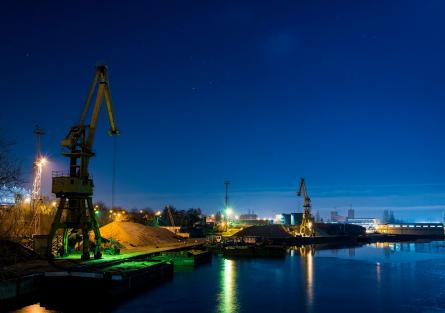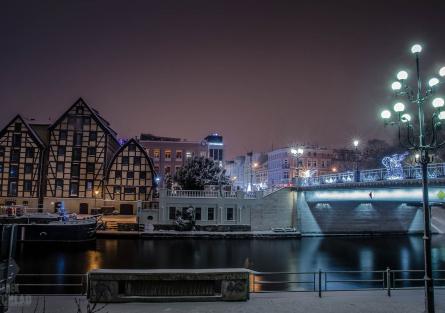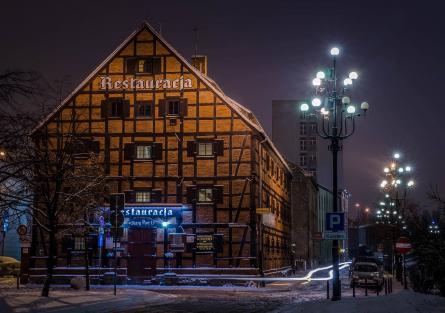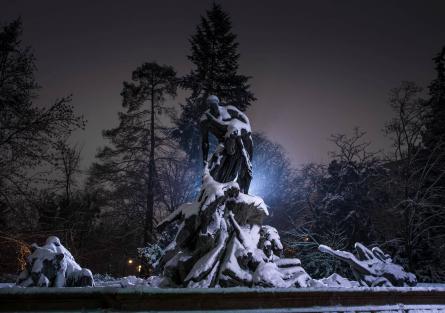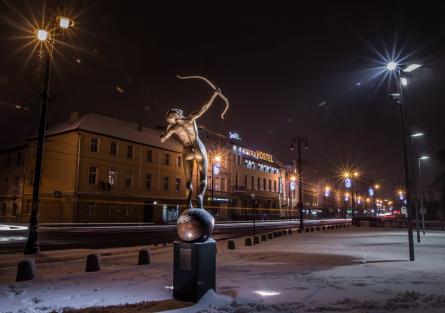Bydgoszcz
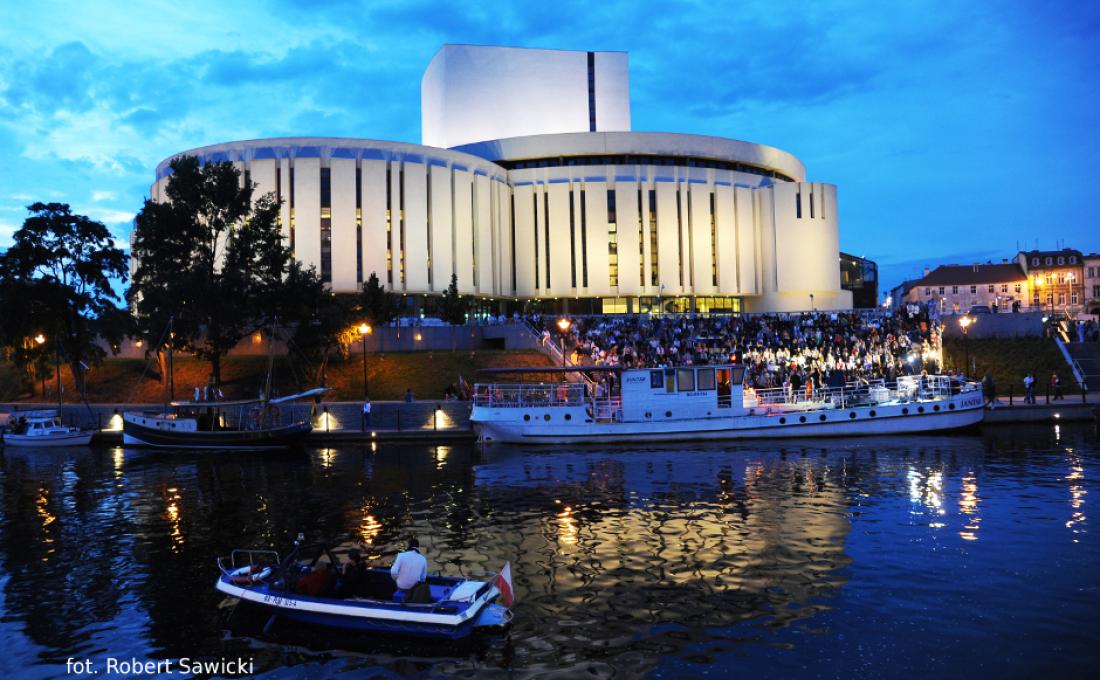
Bydgoszcz is a city of exceptionally rich, multicultural and remarkably stormy history. At its birth it was a wooden and land settlement guarding the Brda river crossing, currently it is a modern and dynamically developing city of 360 000 citizens. Over the centuries the city on the Brda river had moments of glory and rapid growth (the turn of the nineteenth and twentieth centuries) a well as moments of decline (the beginning of the eighteenth century). However, the city would always rebuild after ravage with the use of its potential – favourable location on the crossing of land and water routes.
Though the first written mention of the city appeared only just in 1238 and Bydgoszcz was granted city right from Casimir the Great on 19th April 1346, in the eleventh century the place of present Bydgoszcz was already occupied by a fortified castle settlement. The following centuries after the city’s location, especially the fifteenth and sixteenth centuries, were periods of rapid growth. During that time Bydgoszcz became one of the biggest cities of the Republic of Poland. The period of 1655-1657 and the beginning of the eighteenth century brought the biggest catastrophe in the history of the city. Bydgoszcz was almost completely destroyed as a result of the invasion of Swedes on Poland (so called Swedish Deluge). The city irretrievably lost many of its oldest monuments, in particular the enormous castle built by the king Casimir the Great. In 1772, as a result of the First Partition of Poland, Bydgoszcz was annexed by Prussia. The Prussians invested immense funds in the city. In the period of 1773-1774, the Prussians built Bydgoszcz Canal on the orders of Frederick II, the King of Prussia. In 1851 Bydgoszcz got a railway connection to Berlin and in 1896 the city streets filled with electric trams. At that time many public buildings were constructed in the city. All of that contributed to intensive growth of the city which, at the beginning of the twentieth century, had already almost 100.000 inhabitants.
